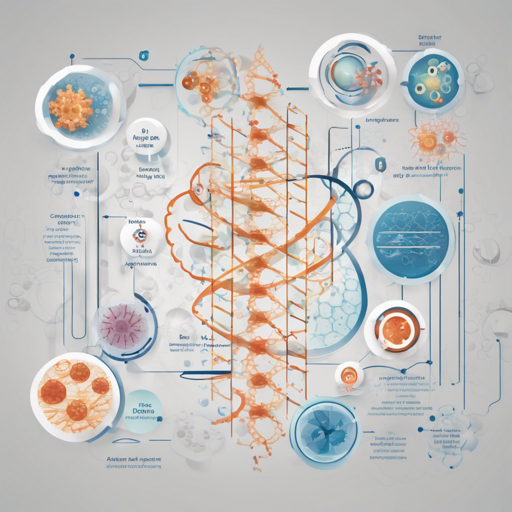The Mistral-DNA-v1-138M-bacteria is an impressive pretrained generative DNA text model designed for the analysis and generation of DNA sequences. With its 138.5 million parameters, it exhibits the capability to provide deep insights into bacterial genomics. This guide will walk you through loading the model, calculating embeddings for DNA sequences, and troubleshooting common issues.
What is the Mistral-DNA-v1-138M-bacteria Model?
The Mistral-DNA-v1-138M-bacteria is derived from the Mistral-7B-v0.1 model, tailored specifically for DNA sequences. It employs significant architectural choices such as Grouped-Query Attention and Sliding-Window Attention, enhancing its performance in genomic tasks. The model was pretrained using approximately 700 bacterial genomes, ensuring it is well-equipped for a variety of genomic applications.
Loading the Model
To effectively use the Mistral-DNA-v1-138M-bacteria model, you need to load it. Follow these steps:
- Ensure you have the appropriate libraries installed. You will need
torchandtransformers. - Load the AutoTokenizer and AutoModel for the model from Hugging Face.
Here’s how you would write the code:
import torch
from transformers import AutoTokenizer, AutoModel
tokenizer = AutoTokenizer.from_pretrained('RaphaelMourad/Mistral-DNA-v1-138M-bacteria', trust_remote_code=True) # Same as DNABERT
model = AutoModel.from_pretrained('RaphaelMourad/Mistral-DNA-v1-138M-bacteria', trust_remote_code=True)Calculating the Embedding of a DNA Sequence
Now that the model is loaded, you can calculate the embedding of a DNA sequence. Think of this process like taking a fingerprint of the DNA sequence, allowing the model to ‘understand’ it better.
Here’s a step-by-step explanation of how to do it:
- Input a DNA sequence.
- Use the tokenizer to convert the DNA string into a format the model can understand.
- Pass these inputs through the model to obtain the hidden states.
- Utilize max pooling to generate the final embedding.
Here’s how this looks in code:
dna = "TGATGATTGGCGCGGCTAGGATCGGCT"
inputs = tokenizer(dna, return_tensors='pt')['input_ids']
hidden_states = model(inputs)[0] # [1, sequence_length, 256]
# embedding with max pooling
embedding_max = torch.max(hidden_states[0], dim=0)[0]
print(embedding_max.shape) # expect to be 256Understanding the Code Analogy
If you think of the DNA sequence as a recipe and the embedding as the flavor of the dish that it creates, the tokenizer (like a chef preparing ingredients) breaks it down into understandable components for the model. The model then processes this information similarly to how a chef combines these components to cook a dish. Finally, the max pooling represents the extraction of the best flavors—creating an ultimate representation of the dish (or the DNA sequence)—culminating in an output that showcases essential characteristics.
Troubleshooting
While using the Mistral-DNA-v1-138M-bacteria model, you may encounter some issues. Here are common troubleshooting tips:
- Ensure you are using a stable version of the Transformers library, specifically 4.34.0 or newer.
- If you face any errors while loading the model or tokenizer, double-check the specified model name for typos.
- For any additional insights or development collaboration, feel free to reach out or explore community resources.
For more insights, updates, or to collaborate on AI development projects, stay connected with fxis.ai.
Conclusion
At fxis.ai, we believe that such advancements are crucial for the future of AI, as they enable more comprehensive and effective solutions. Our team is continually exploring new methodologies to push the envelope in artificial intelligence, ensuring that our clients benefit from the latest technological innovations.

